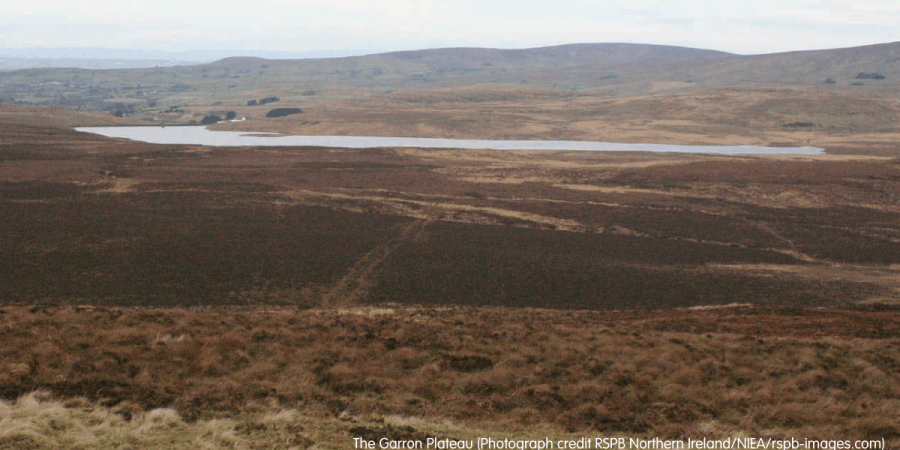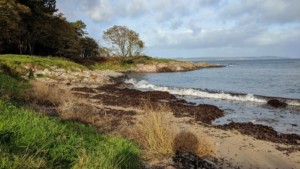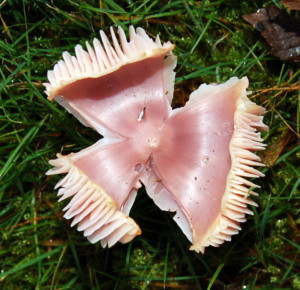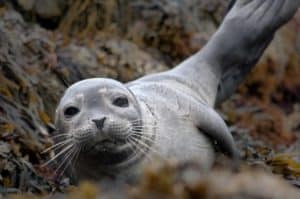The Garron Plateau is located in North Antrim where the largest blanket bog in Northern Ireland can be found, it is protected as a Special Area of Conservation (SAC), Special Protection Area (SPA) and as an Area of Special Scientific Interest (ASSI). Upland landscapes in Northern Ireland have been intensively grazed, planted with forestry, burned and frequently drained to such an extent that many of the natural habitats and species have been lost.
Re-establishing natural hydrological conditions
The Garron Plateau Bog Restoration Project was launched in 2013 to re-establish natural hydrological conditions and restore the function of the bog and its ability to sequester carbon, and to improve the quality and reliability of the water received at Northern Ireland Water’s Dungonnell treatment works which is supplied by the Garron catchment.
The project on the Garron Plateau was led by the RSPB and the Northern Ireland Environment Agency (NIEA) who jointly financed and resourced the production of a restoration plan. Northern Ireland Water delivered the plan as part of the Sustainable Catchment Management Programme for Northern Ireland (SCaMP NI). Joint expertise was used to ensure that the sustainable management of blanket bog on the Garron Plateau could demonstrate what is possible at a landscape-scale in similar places across Northern Ireland.
Phase 1
In 2013-14 a catchment management plan was developed and delivered through working with farmers to reduce grazing density levels and carry out the first phase of drain blocking using peat, timer and restore dams to raise the water table. This work has helped to restore natural hydrological conditions, restore carbon sequestration and promote colonisation of Sphagnum moss. Raw water quality coming off the bog has also improved, with colour, turbidity and total organic carbon being reduced and attenuated since the restoration began.
Phase 2
Phase two of the project (2018-19) was completed as part of the ‘Cooperation across Borders for Biodiversity’ (CABB) INTERREG VA project in conjunction with RSPB and NIEA to continue the drain blocking programme and develop a Conservation Action Plan to ensure appropriate management and protection of the site continues.
Learn more about what Northern Ireland is doing to become "Nature Positive" and combat biodiversity decline
The Northern Ireland Environment Agency (NIEA) is one of 5 UK statutory nature agencies to produce a joint Nature Positive 2030 Report, published on 22nd September 2021.
The Nature Positive 2030 Report sets out how the UK can meet its commitments in the Leaders’ Pledge for Nature, and ensure that nature’s recovery plays a critical role in our path to Net Zero.
Multi-award winning author and naturalist from Northern Ireland, Dara McAnulty explains why we need to act now to tackle biodiversity loss and climate change.



